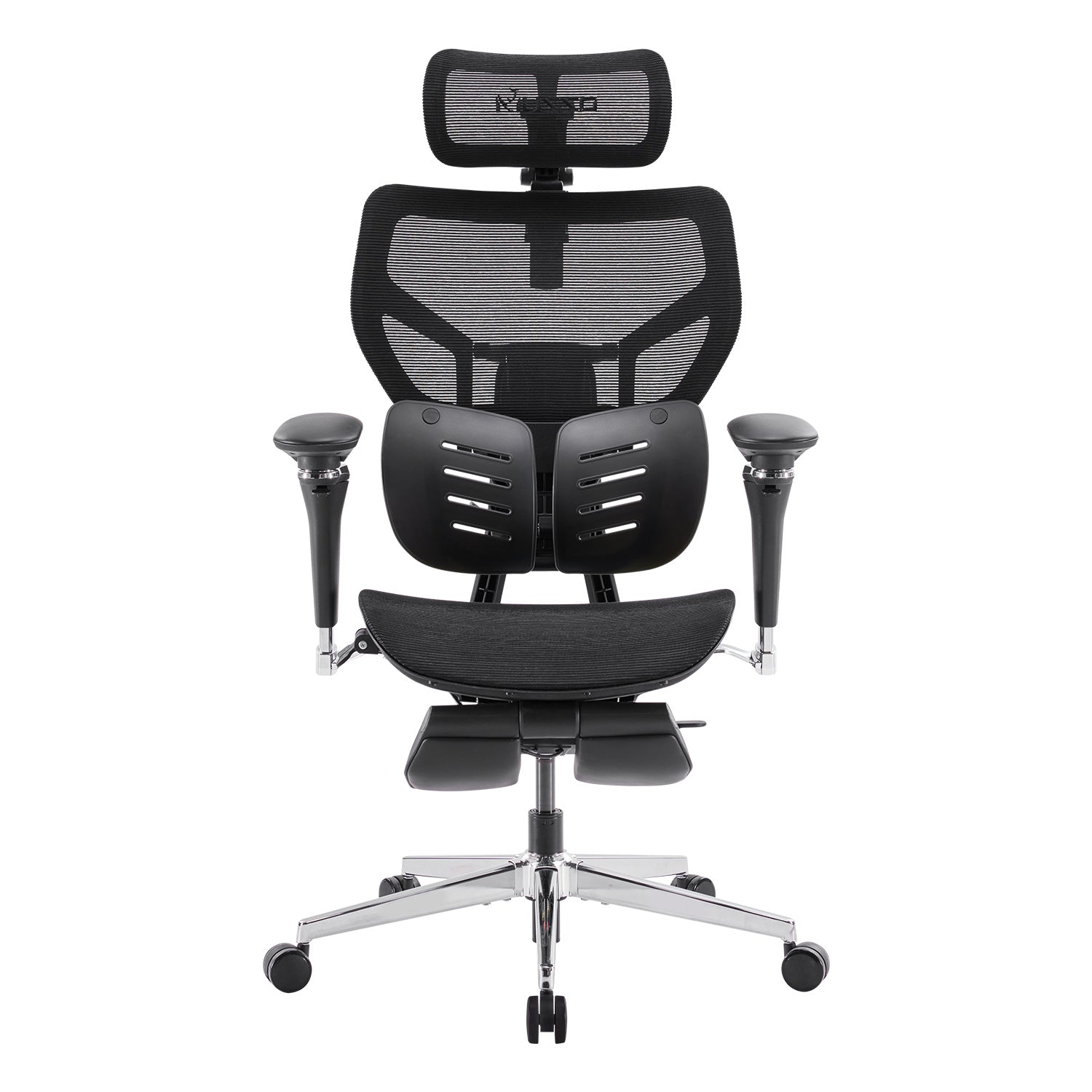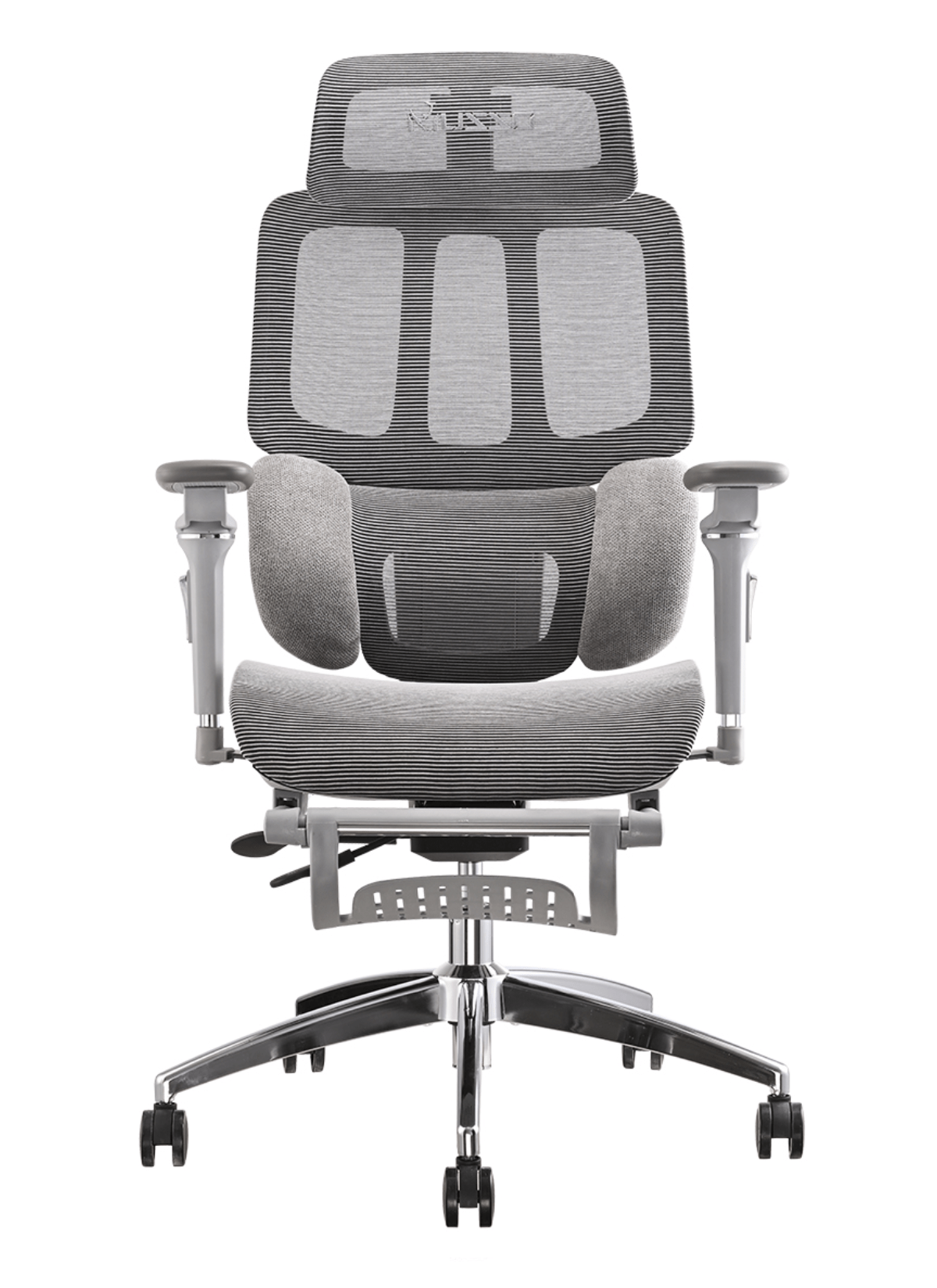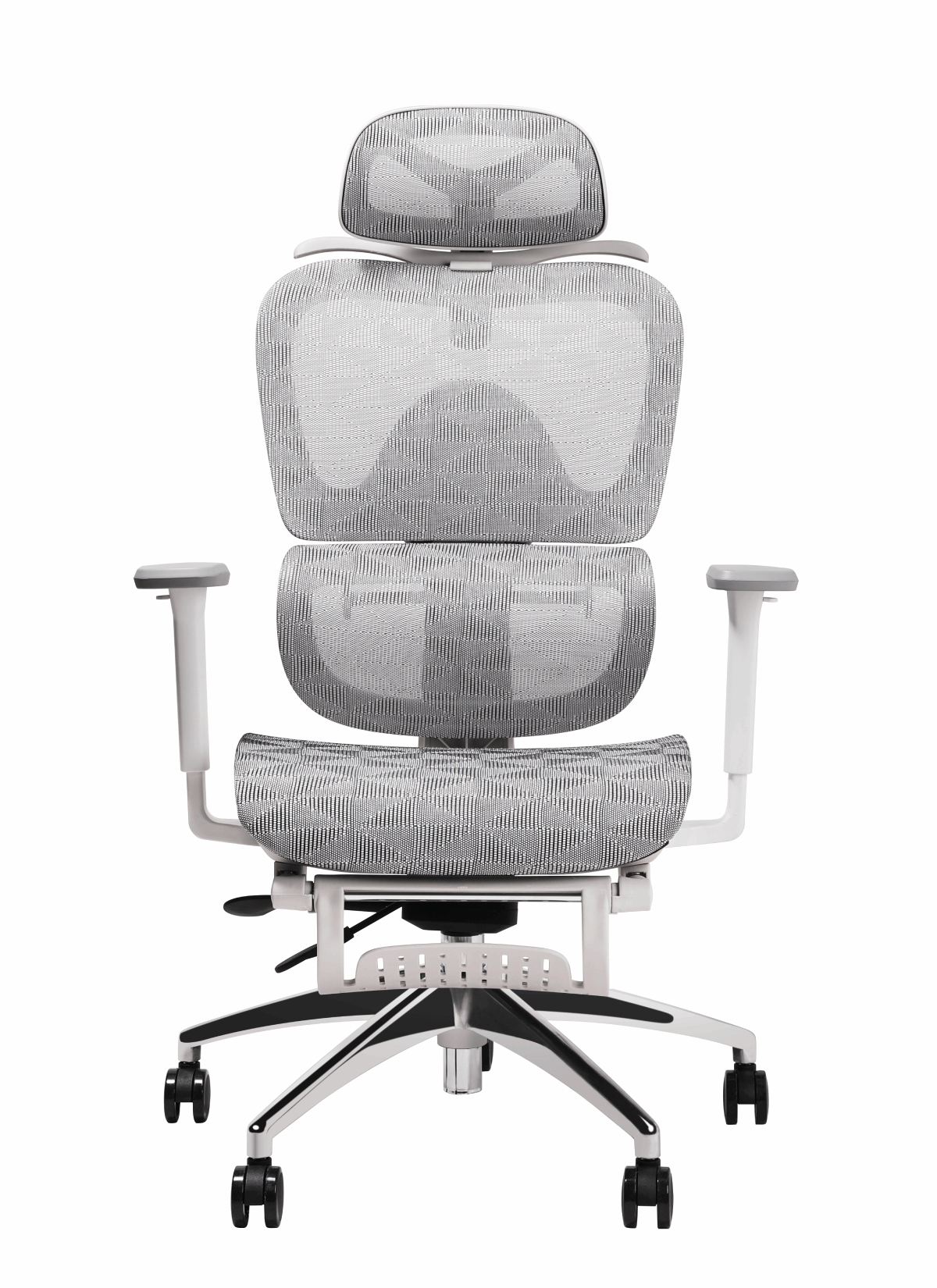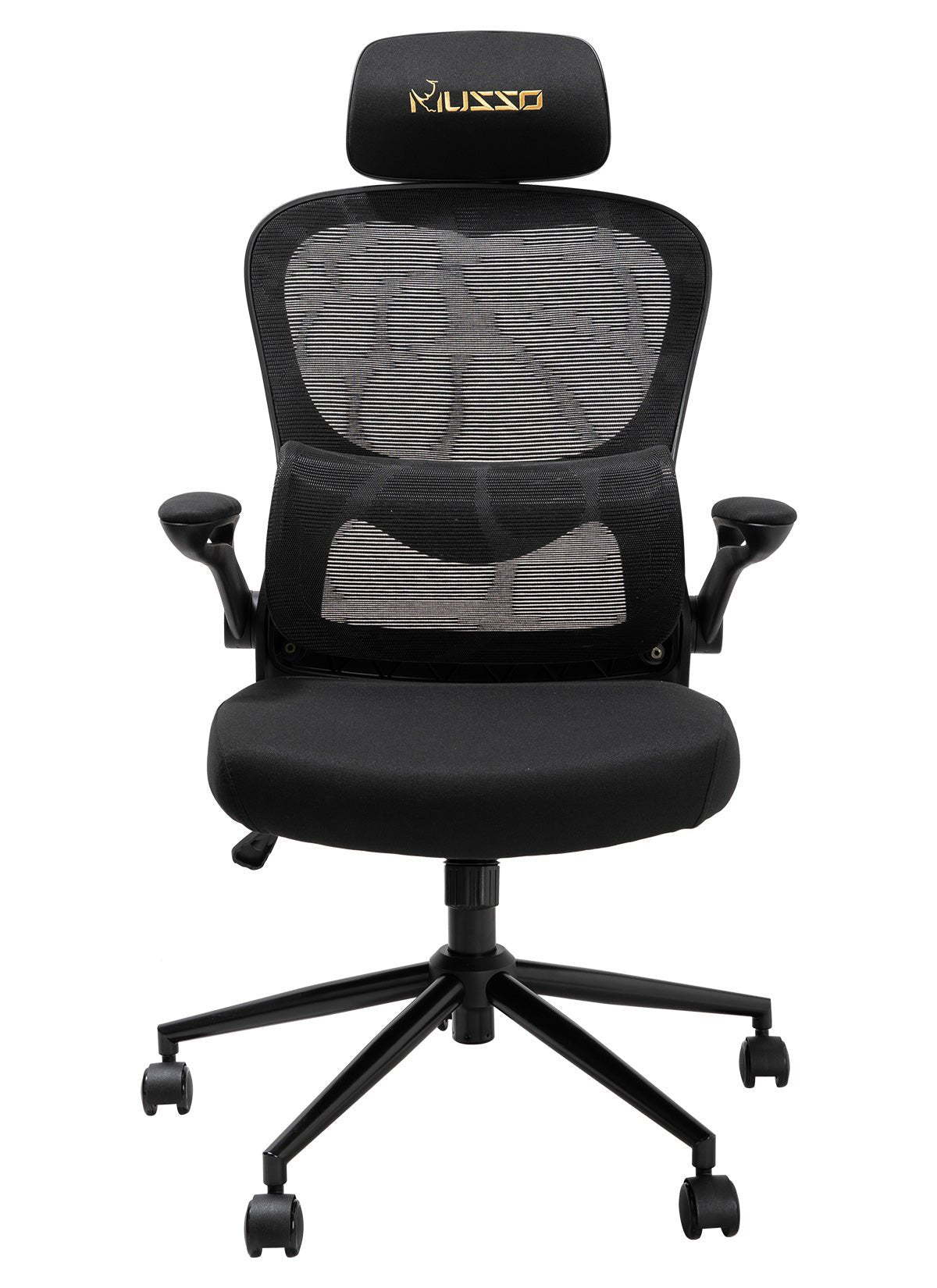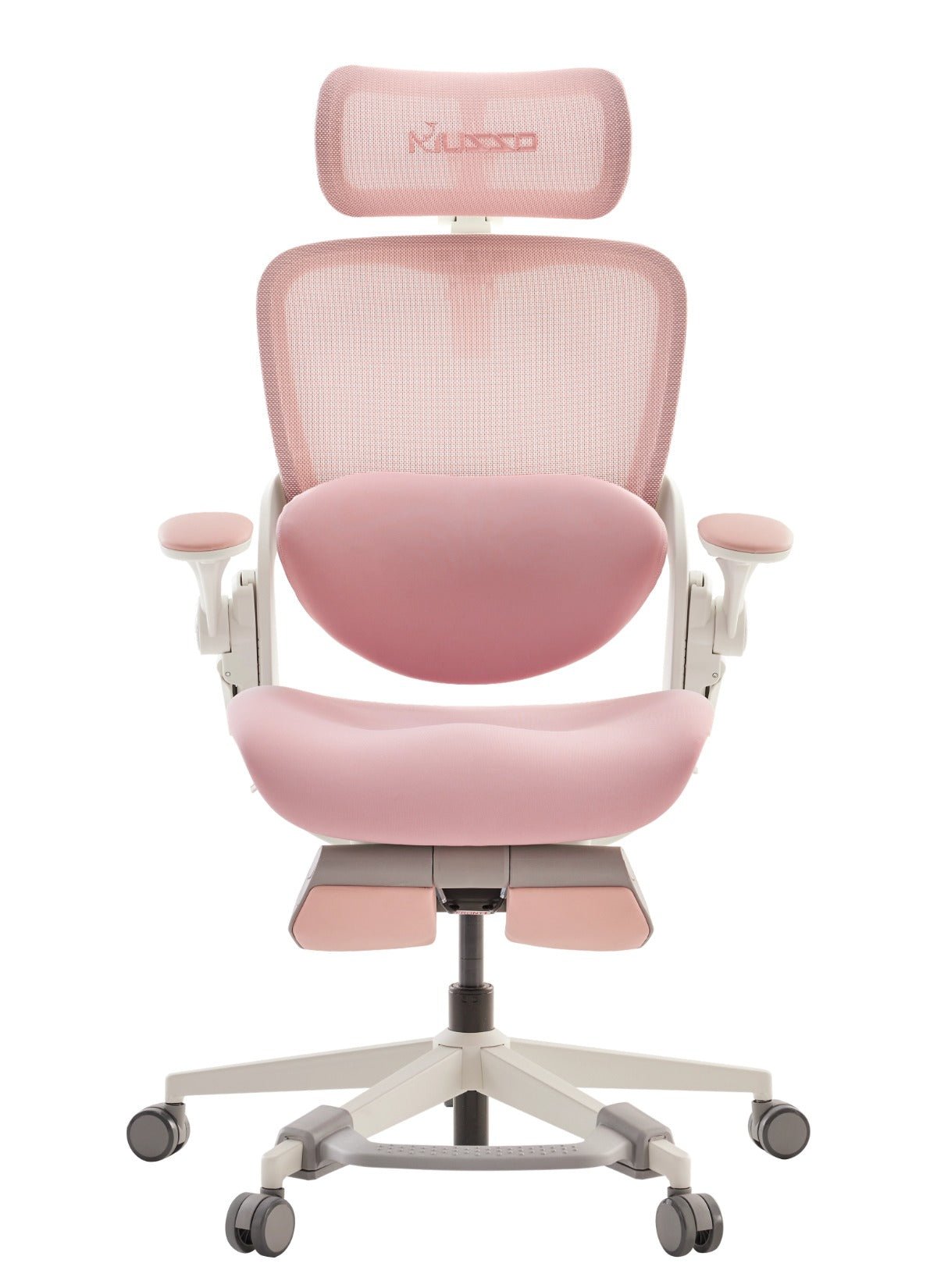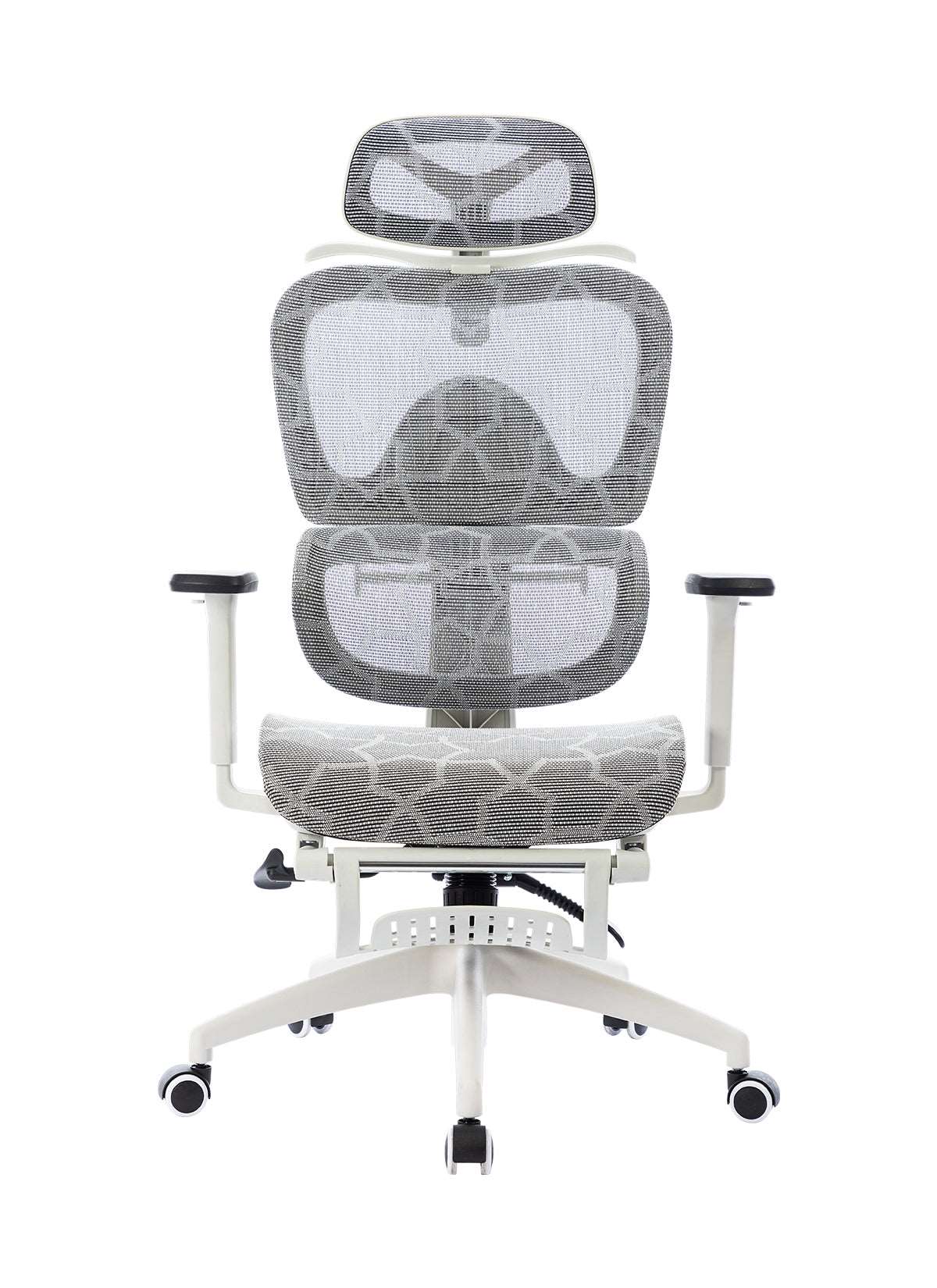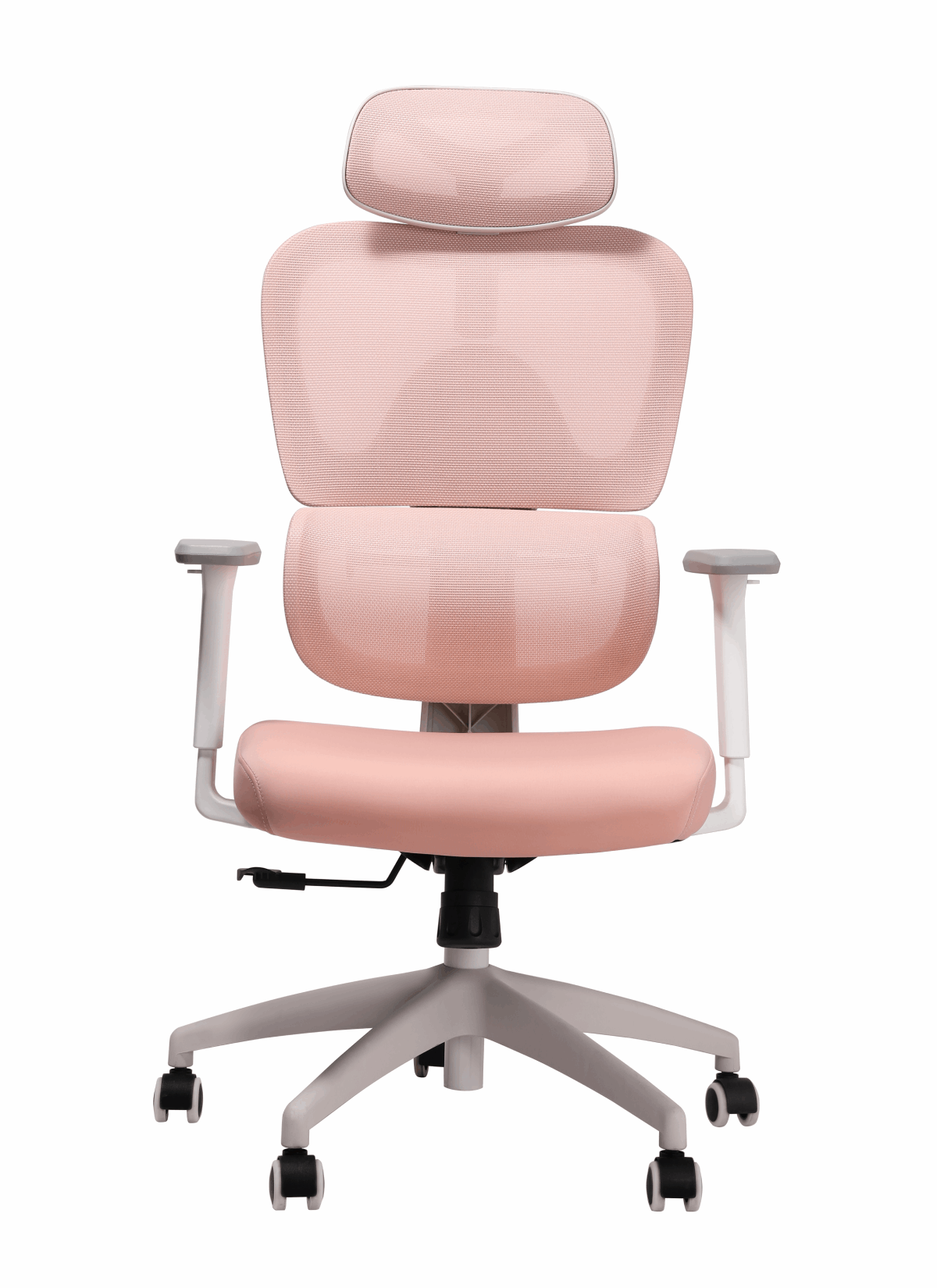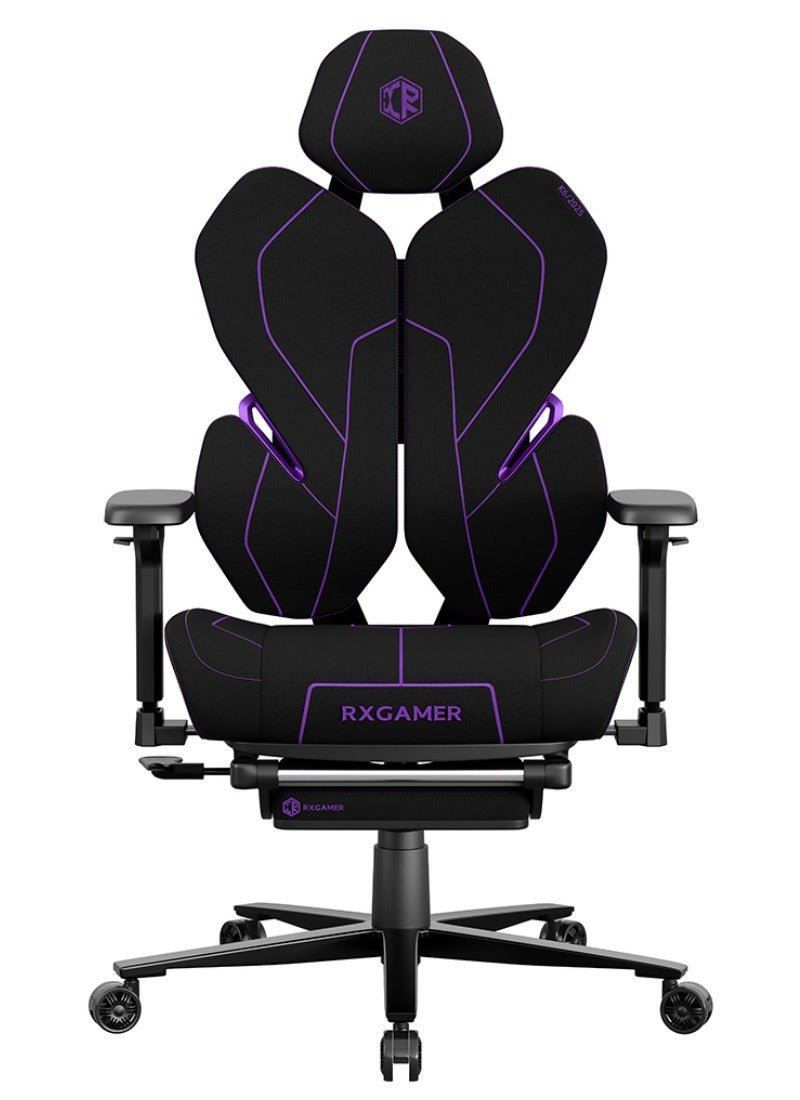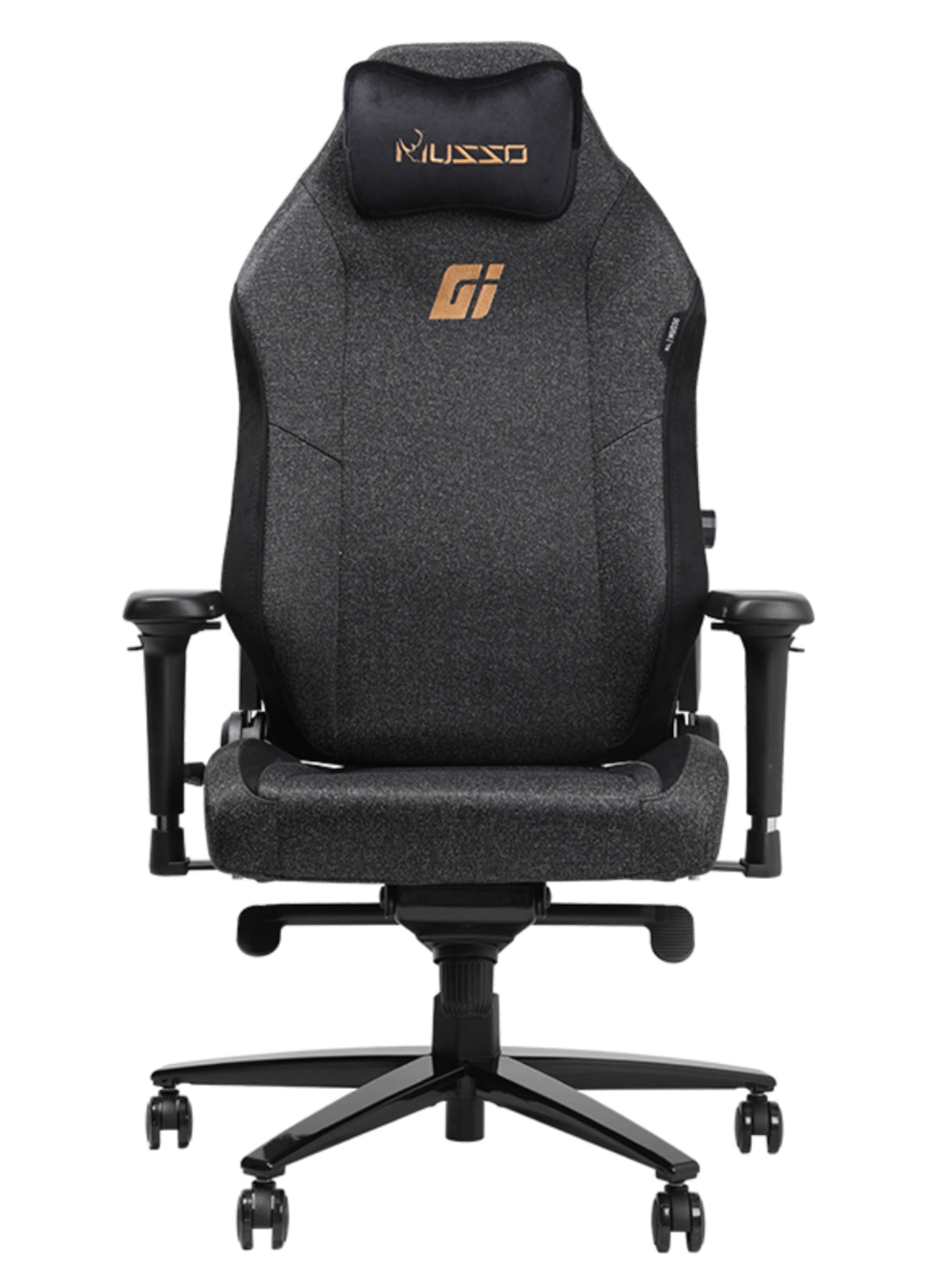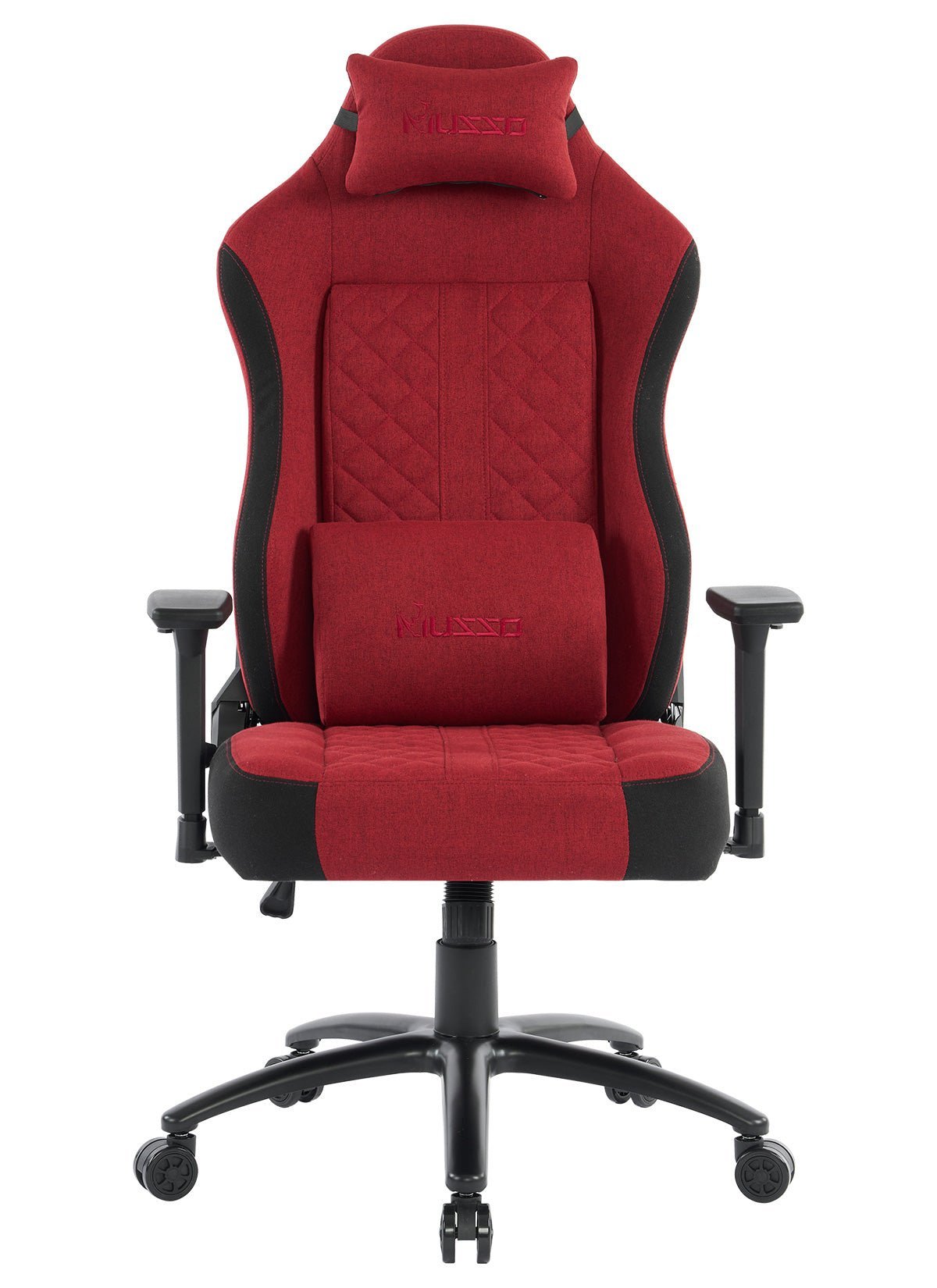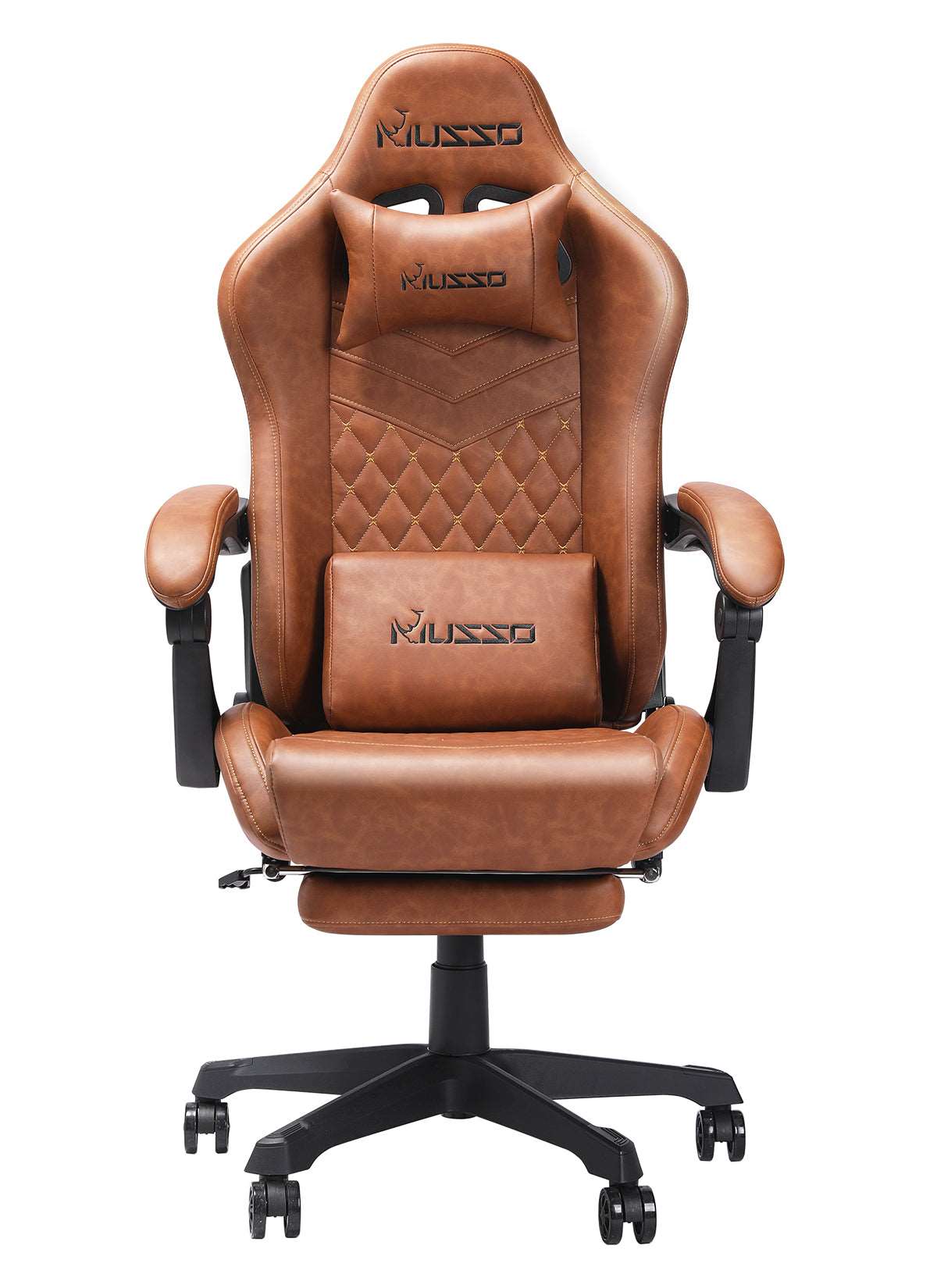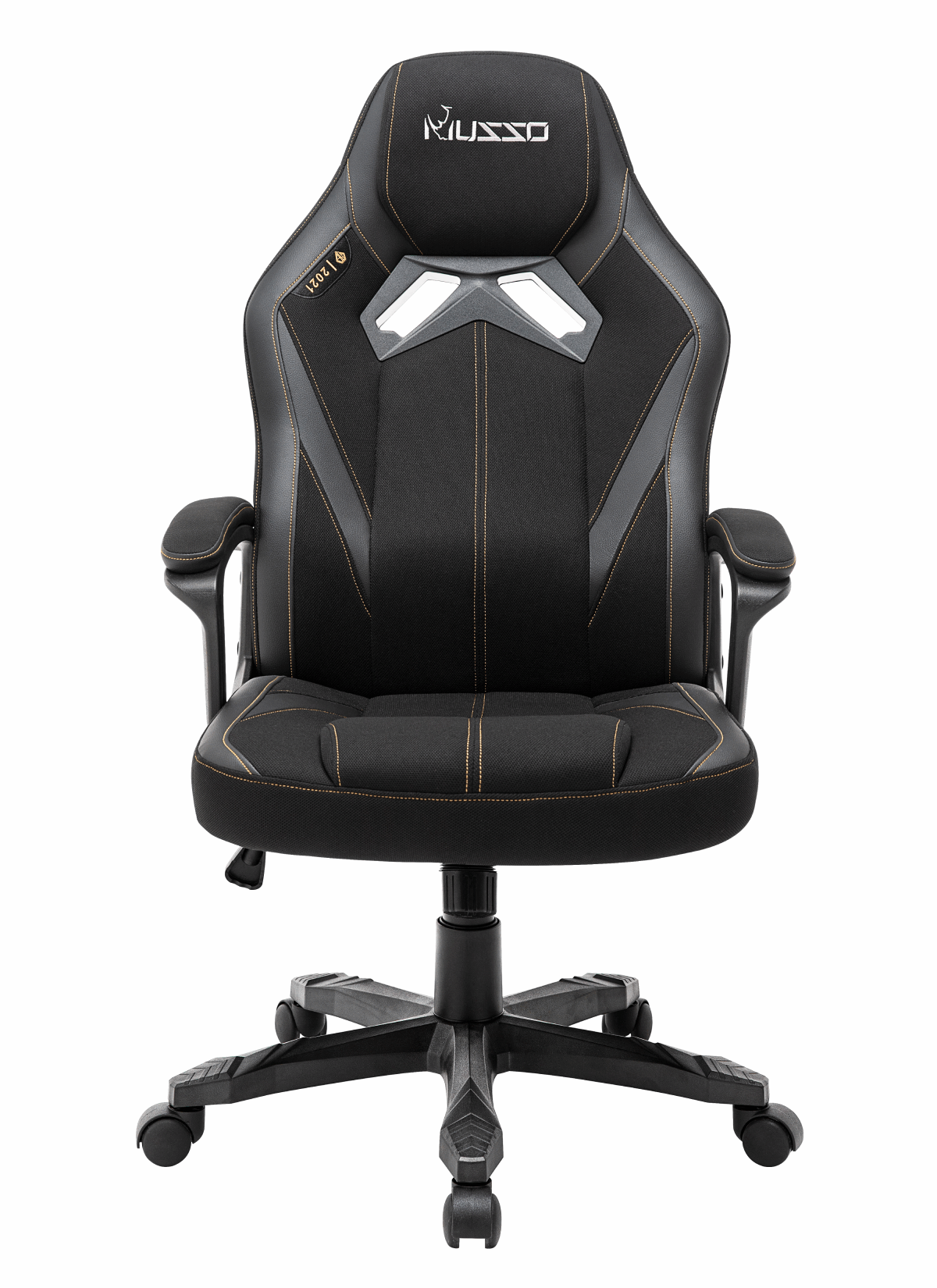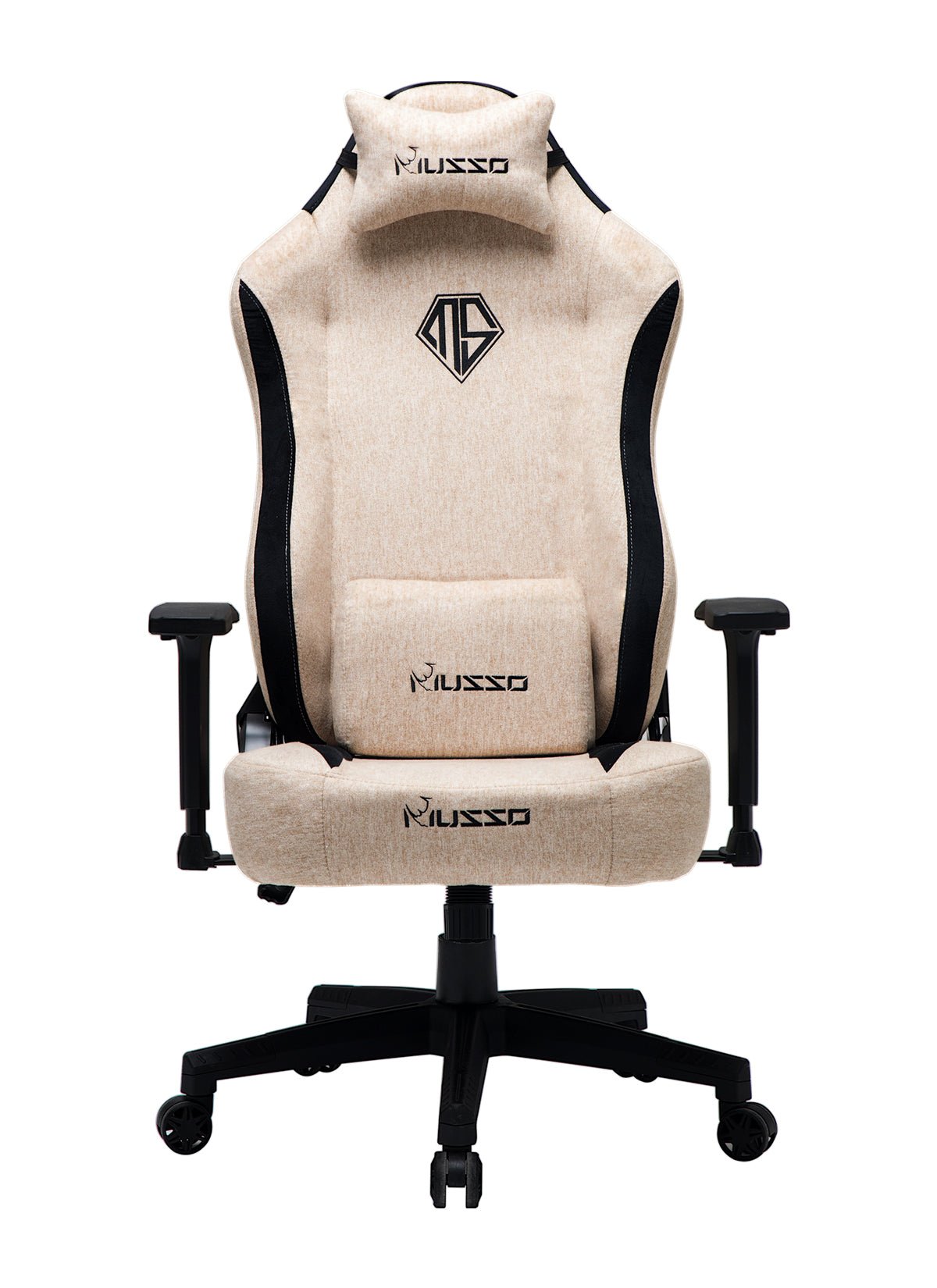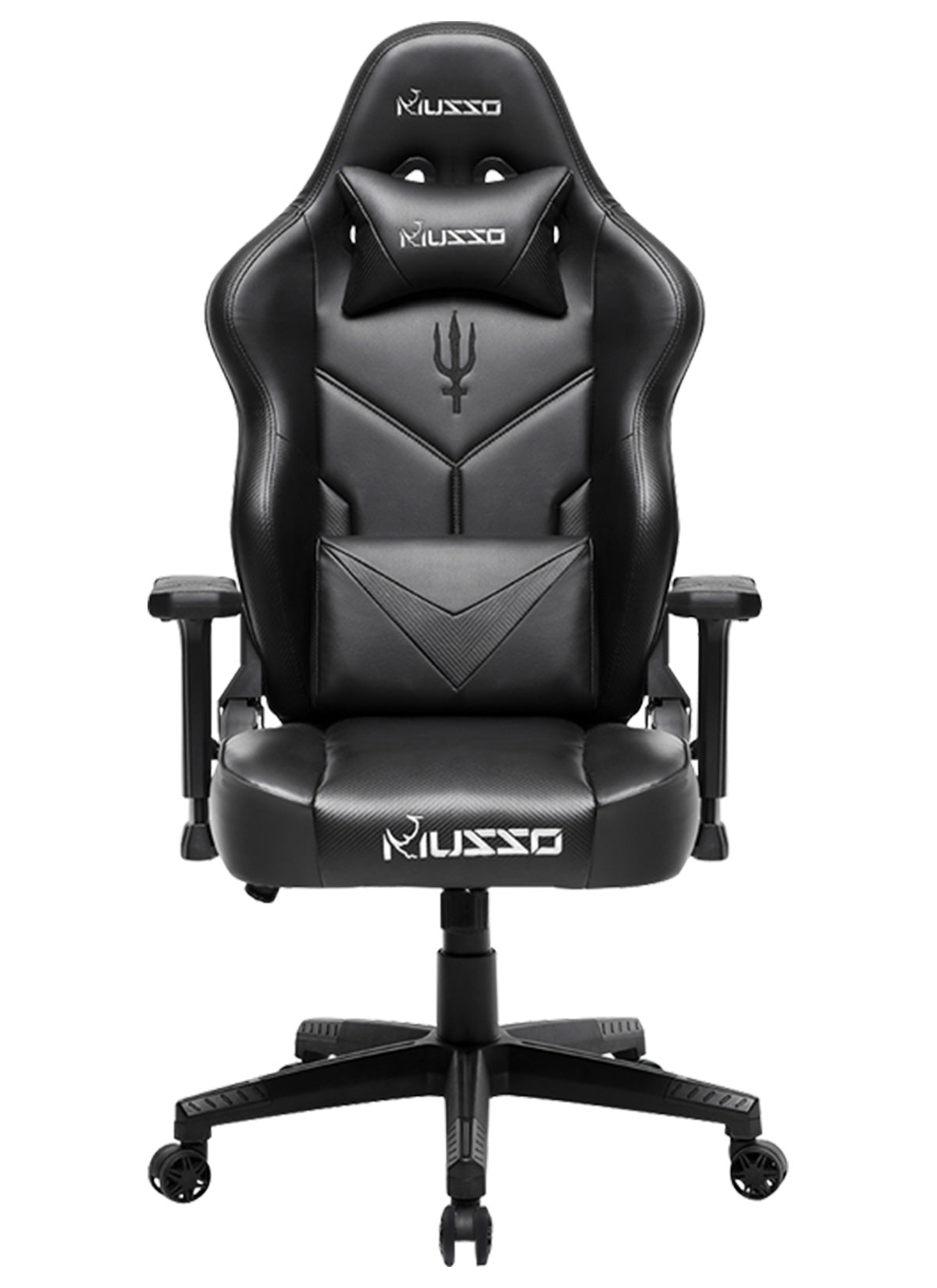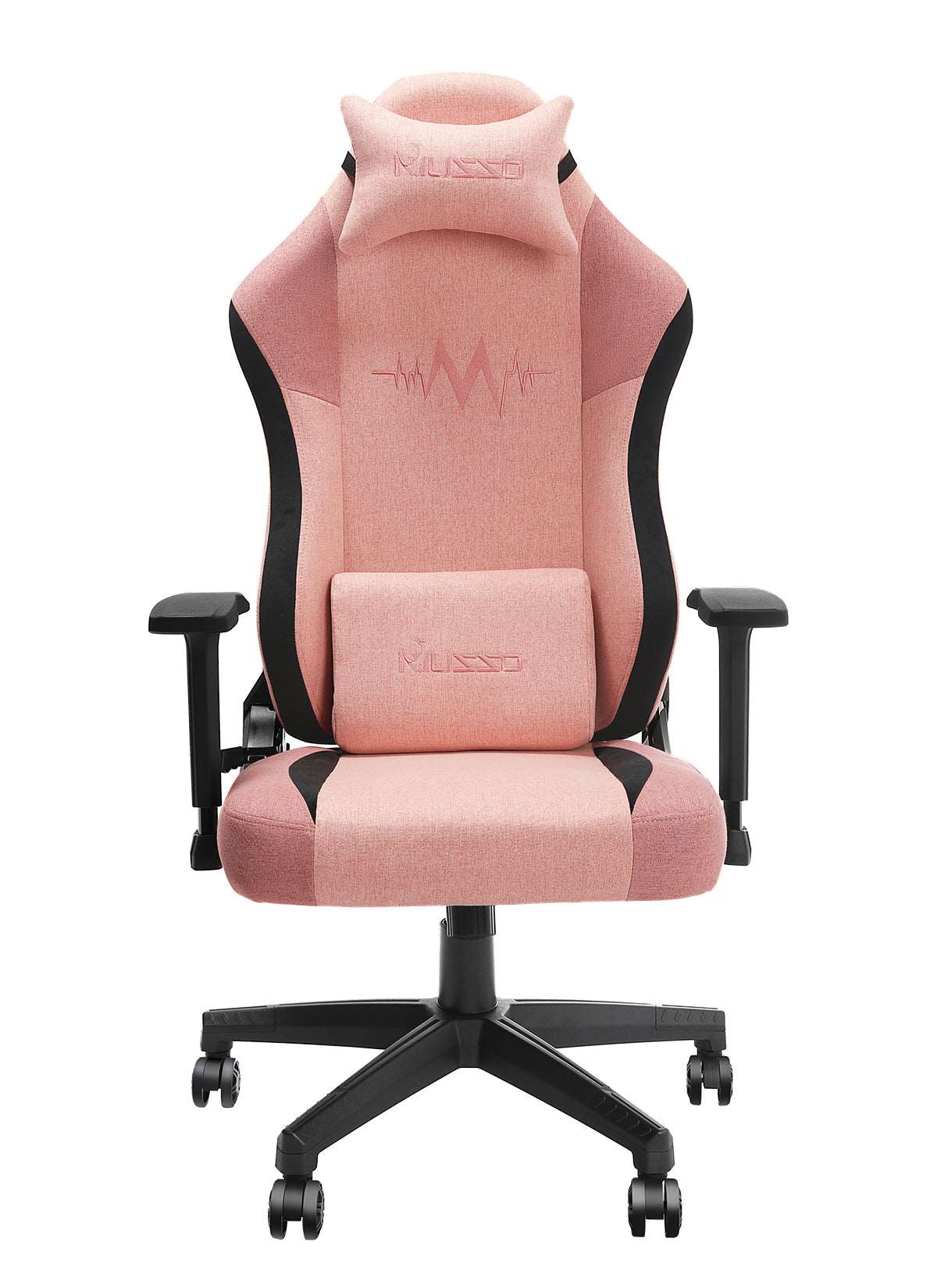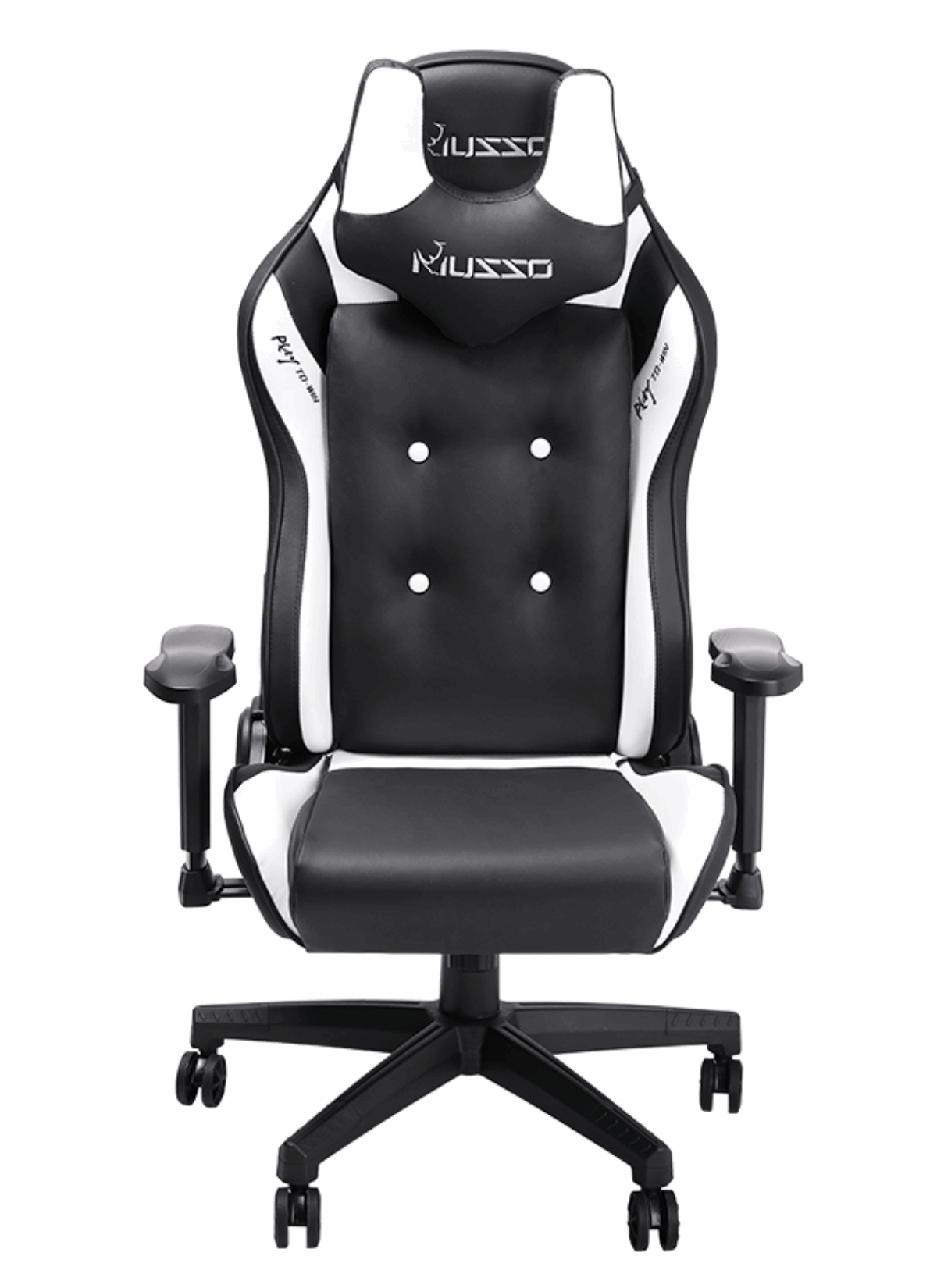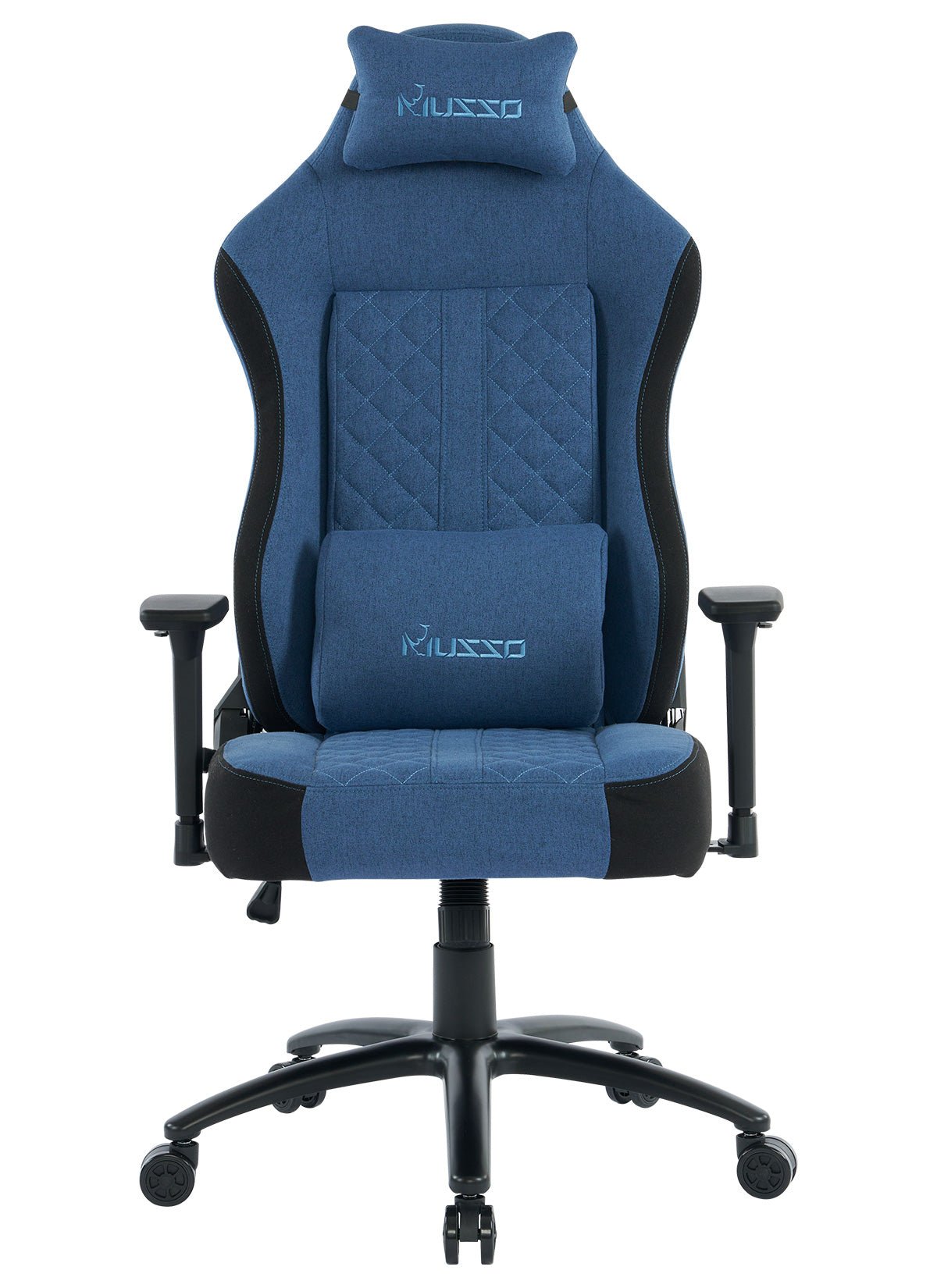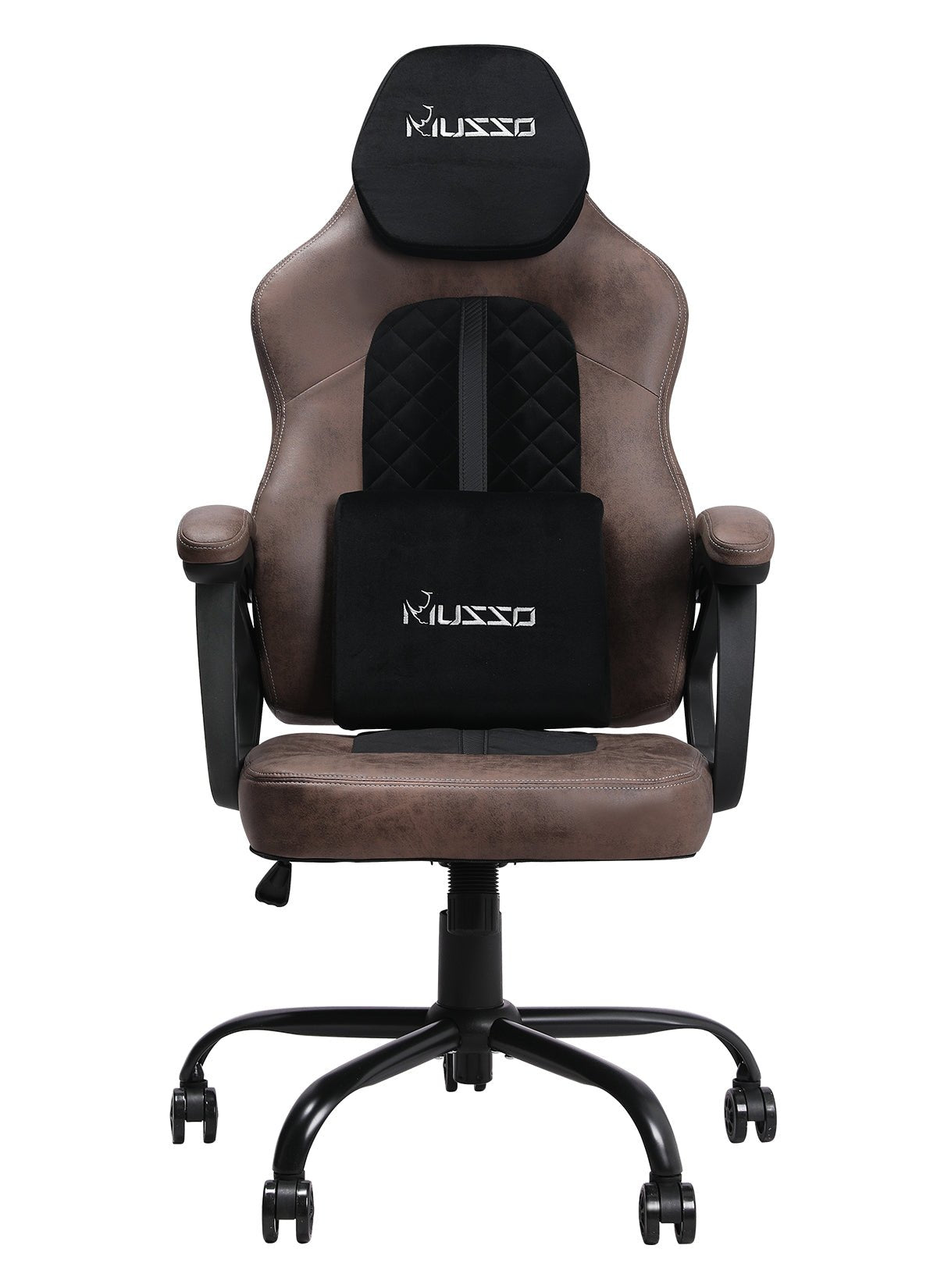
Understanding the Basics of Ergonomics:
Importance of Ergonomics in Gaming:Discuss the significance of ergonomics in gaming and its impact on comfort, posture, and overall gaming experience.
Highlight the potential health issues associated with poor ergonomics, such as back pain, neck strain, and wrist discomfort.
Key Ergonomic Factors to Consider:
Explain the essential ergonomic factors to consider when building a gaming chair, including proper lumbar support, adjustable height, and armrest positioning.
Discuss the importance of maintaining a neutral posture and the impact it has on reducing strain on the body.
Ergonomic Guidelines for DIY Gaming Chairs:
Provide specific ergonomic guidelines for designing and constructing a DIY gaming chair, such as the angle of the backrest, seat depth, and armrest height.
Emphasize the importance of user customization based on individual body measurements and preferences.

Planning and Designing Your Gaming Chair:
Setting Objectives and Goals:Help readers define their objectives and goals for their DIY gaming chair project, such as budget considerations, desired features, and design aesthetic.
Researching Existing Designs:
Encourage readers to explore existing gaming chair designs for inspiration, highlighting different styles, materials, and features.
Provide resources and recommendations for online platforms, forums, and communities where they can find design ideas.
Sketching and Creating a Blueprint:
Guide readers through the process of sketching their gaming chair design, considering factors such as seat dimensions, backrest angle, and armrest positioning.
Emphasize the importance of creating a detailed blueprint to serve as a reference throughout the construction process.
Calculating Dimensions and Measurements:
Explain the calculations required to determine the dimensions of the chair components, including seat width, backrest height, and armrest length.
Provide formulas and examples to help readers accurately calculate these measurements for their gaming chair design.
Selecting Suitable Materials:
Understanding Different Types of Chair Frames:Discuss various chair frame materials, such as wood, metal, or composite materials, highlighting their pros and cons in terms of durability, weight, and aesthetics.
Provide recommendations based on the reader's preferences, budget, and skill level.
Choosing the Right Seat Padding and Upholstery:
Explain the different types of seat padding materials, such as foam or memory foam, and their respective comfort levels.
Discuss various upholstery options, including fabric, leather, or synthetic materials, and their durability and maintenance requirements.
Examining Armrests and Their Adjustability:
Explore different types of armrests, such as fixed, adjustable, or 4D armrests, and their benefits in terms of comfort and ergonomics.
Guide readers on choosing the appropriate armrest design for their gaming chair and how to integrate them into the overall construction.
Considering Caster Wheels for Mobility:
Discuss the importance of caster wheels for easy mobility and stability.
Provide information on different types of caster wheels, such as hard or soft wheels, and their suitability for different floor surfaces.

Assembling the Chair Frame:
Acquiring Necessary Tools:Provide a comprehensive list of tools required for the construction process, including basic hand tools and any specialized tools for specific chair designs.
Constructing the Base and Seat Frame:
Provide step-by-step instructions on constructing the base and seat frame, including cutting and joining the materials.
Highlight important considerations for stability, weight capacity, and proper weight distribution.
Attaching the Backrest and Armrests:
Explain how to attach the backrest to the seat frame, ensuring proper alignment and stability.
Guide readers through the process of installing and adjusting the armrests to accommodate different body positions and gaming styles.
Reinforcing the Joints for Stability:
Discuss techniques for reinforcing the joints and connections to ensure long-lasting stability and durability.
Explain different reinforcement methods, such as using brackets, screws, or dowels, based on the chair design and materials chosen.
Adding Comfort Features:
Ergonomic Lumbar Support:Discuss the importance of ergonomic lumbar support and provide options for integrating it into the gaming chair design, such as adjustable lumbar pillows or built-in support mechanisms.
Adjustable Headrest:
Explain the benefits of an adjustable headrest for neck and head support during long gaming sessions.
Provide guidance on incorporating an adjustable headrest feature into the chair design, including height and angle adjustments.
Incorporating a Reclining Mechanism:
Discuss the advantages of a reclining mechanism for comfort and relaxation.
Guide readers on how to integrate a reclining feature into their gaming chair, including the choice of mechanism and adjustment options.
Customizing the Armrests:
Encourage readers to personalize their armrests based on their gaming preferences, such as adding cushioning, adjusting width, or incorporating swivel functionality.
Upholstering and Finishing Touches:
Preparing and Cutting the Upholstery Fabric:Provide instructions on measuring, cutting, and preparing the upholstery fabric for the chair components.
Offer tips on fabric selection, such as considering breathability, durability, and ease of maintenance.
Stretching and Securing the Fabric:
Guide readers through the process of stretching and securing the upholstery fabric to achieve a smooth and professional finish.
Explain techniques such as stapling or using adhesive to secure the fabric to the chair frame.
Adding Foam Padding and Cushioning:
Explain the importance of comfortable padding and cushioning for long gaming sessions.
Provide instructions on adding foam padding to the seat, backrest, and armrests, ensuring proper density and thickness for optimal comfort.
Applying Decorative Accents and Embellishments:
Encourage readers to add personal touches to their gaming chair, such as decorative stitching, embroidered logos, or custom patterns.
Provide ideas and techniques for adding these decorative elements based on the reader's skill level and preferences.
Safety Considerations:
Stability and Weight Capacity:Emphasize the importance of ensuring the gaming chair's stability and weight capacity to prevent accidents and injuries.
Provide tips on reinforcing weak points and conducting weight tests before regular use.
Fire Safety and Material Durability:
Highlight the importance of using fire-resistant materials and ensuring the overall durability of the chair.
Recommend fire-resistant upholstery materials and proper maintenance practices to extend the chair's lifespan.
Regular Maintenance and Inspections:
Advise readers on regular maintenance practices, such as cleaning the upholstery and lubricating moving parts, to keep the gaming chair in optimal condition.
Recommend periodic inspections to identify and address any potential wear and tear or structural issues.
Building your own gaming chair allows you to create a personalized and ergonomic gaming experience tailored to your needs. By understanding the basics of ergonomics, carefully planning and designing your chair, selecting suitable materials, and assembling it with attention to detail, you can construct


